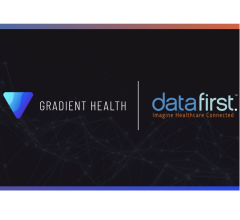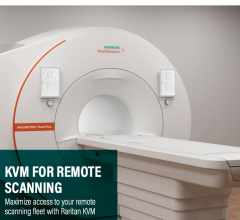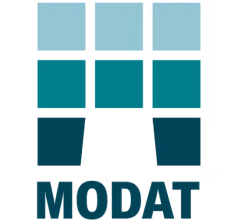For all the potential patient safety good that is promised by healthcare’s widespread embracing of electronic health records (EHR), as well as the hoped-for harmony of hospital information systems happily humming a unified tune across vendor brands, the reality of sluggish adoption still plagues the industry. Hospital IT executives continually point to financial constraints as the No. 1 reason their facilities have not boarded the EHR/EMR bus yet, but according to respondents of a 2006 survey conducted by the Medical Records Institute, reluctance on the part of medical staff is Reason No. 2.
But why do doctors resist?
“One of the bigger barriers, if not the biggest barrier, to physician adoption is that for all the benefits the electronic record has, it’s the physicians who probably have to change their workflow the most,” said Michael Vigoda, M.D., pediatric anesthesiologist and director of the Center for Informatics and Perioperative Management at the University of Miami/Jackson Memorial Hospital in Miami.
Dr. Vigoda says that while EMRs do facilitate workflow efficiencies from an administrative perspective of monitoring protocols and patient care trends, they actually offer physicians more hoops through which to jump, screens through which to scroll, pre-configured lists and menus that — in theory — were supposed to make documentation easier, but may in fact slow them down and take them far from their comfort zones.
But decision-support aspects of EMRs, plus future developments in voice recognition tied to the records, will help drive the appeal for physicians, Dr. Vigoda believes.
“Once electronic records make a physician’s life easier, physicians are going to adopt it,” he said. “It’s just such a rational way of going about things.”
Another troublesome area for doctors is the chronology conundrum: entering procedural activities out of sequence in, for instance, the anesthesiology record, and having a report look as though the cart came before the horse, so to speak. Electronic record systems don’t automatically compensate or correct the chronological order of reported activities, according to Dr. Vigoda.
“It’s very possible for the documentation to not really read correctly, chronologically,” he said. “If I’m going to do some documentation, the system assumes that I want it to be reflective at this point in time, say 8:45 a.m, for example. I may actually be writing something that refers to what happened at 8 a.m. — but if I forget to change [the sequence] then it looks kind of strange. It might say that I put the patient to sleep and then 20 minutes later it says I brought the patient into the room. One of the concerns that anesthesiologists have is that this is going to be a problem...particularly in the event of a malpractice situation.”
Physicians also tire quickly from “alert fatigue,” built-in EMR warnings that can interrupt the documentation process unnecessarily, from clinicians’ viewpoints.
“They may be alerted to something that does not require an action — it starts to be a bit of an onerous burden when I have to click through all these windows and have a conversation with something that isn’t following my way of doing the right thing.”
Vendor interoperability with competitor vendors continues to be a hurdle for electronic record adoption as well. The aspirations of organizations such as IHE (www.ihe.net) and HIMSS (www.himss.org), though noble and progressing, appear to fall short on the front lines of the clinical environment. Dr. Vigoda says that in reality, interoperability is “a tougher nut to crack than people would ever have imagined,” and that it’s common to see companies paying lip service to DICOM without delivering true communication across vendor product lines.
“What happens is you have two vendors who are supposed to communicate with each other [but they don’t], and they each tend to blame the other,” said Dr. Vigoda. “If your kids get into a fight and they’re both saying the other one started it, you, as the parent, at least can address the problem because you have the ability to influence the direction — but the institutions and physicians are kind of trapped in this no-man’s land between the two vendors.”
Ultimately, government pressure and pay for performance (P4P) programs may have the most impact in advancing (or imposing) broad EMR/EHR adoption, according to Dr. Vigoda. Even so, the initial P4P perks to doctors for changing certain behaviors — such as using electronic records — will eventually disappear and be replaced one day with punitive deductions for anyone not complying with the standard. But by that time, the next generation of medical practitioners may be so well immersed in electronic everything that they may not notice, or care.
Feature | February 18, 2007 | Kim Phelan
Informatics expert identifies some of the obstacles
© Copyright Wainscot Media. All Rights Reserved.
Subscribe Now


 December 01, 2025
December 01, 2025 









